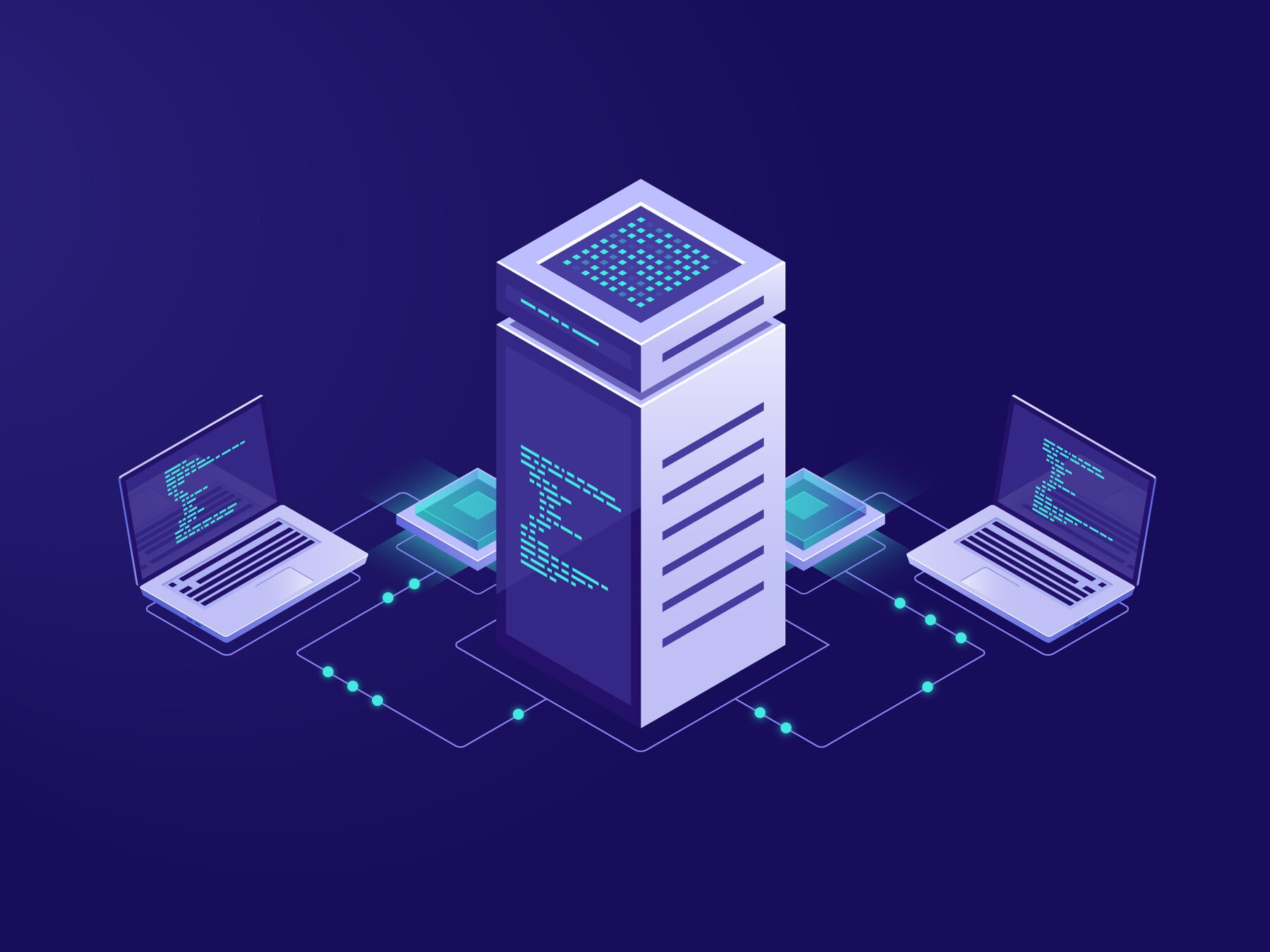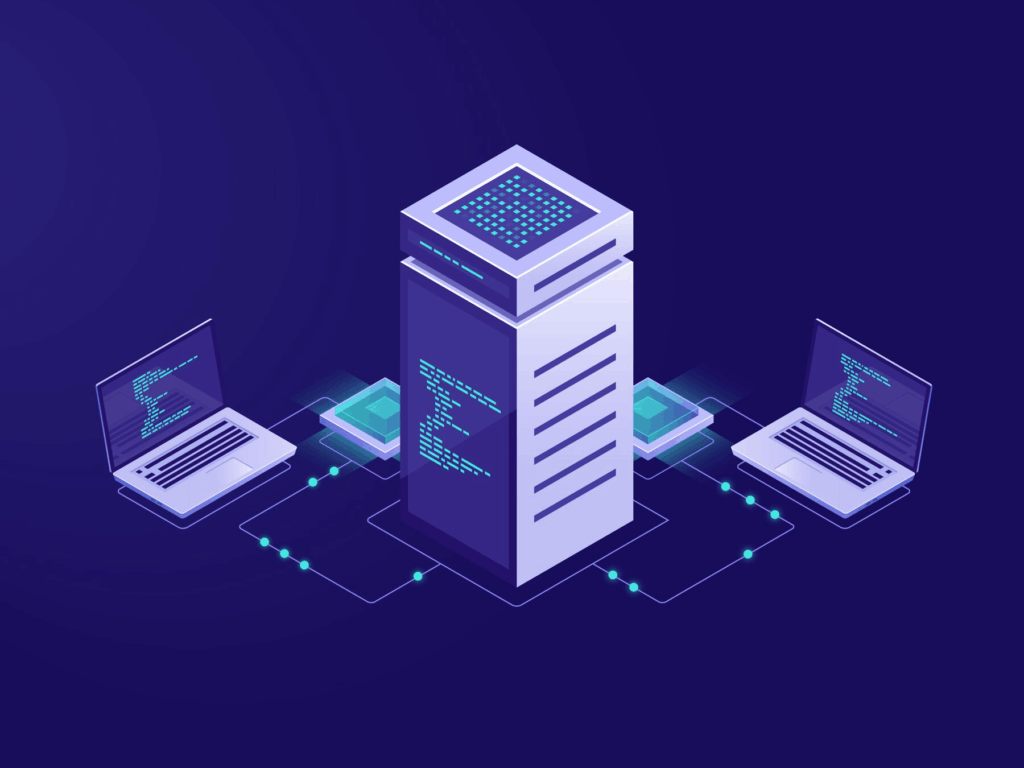Imagine AI that isn’t owned by one company but runs across many connected devices, all working together and sharing intelligence.
That’s decentralized AI—where control is spread out, not centralized, and systems grow through collaboration, blockchain, and shared incentives.
In traditional AI systems, data flows into centralized clouds, where powerful servers process it behind closed doors.
But decentralized AI challenges that model. In a decentralized setup, no one entity owns the infrastructure or monopolizes the intelligence. Each device, whether a computer, sensor, or phone, can run AI, share data, and help improve other systems. In return, participants may receive token-based rewards or other incentives for contributing compute power, training data, or model performance enhancements.
Real-World Case: Fetch.ai
At the forefront of this movement is Fetch.ai, a UK-based startup led by CEO Humayun Sheikh. Fetch.ai has created a platform that deploys autonomous software agents—mini AIs that live in a decentralized environment and independently carry out tasks on behalf of users or organizations. These agents don’t rely on a central authority to function. Instead, they interact with each other and the environment in real-time to coordinate actions, make decisions, and optimize outcomes.
Take ride sharing, for example. In a centralized model, platforms like Uber or Lyft sit between riders and drivers, taking a cut and controlling the entire experience. Fetch.ai envisions something different: a decentralized mobility network where drivers and passengers connect directly through autonomous agents, negotiating routes and fares transparently. No middleman. Just intelligent systems talking directly to each other.
Another powerful application is energy trading. In cities using Fetch.ai’s framework, smart meters and energy grids can autonomously buy and sell surplus electricity in real-time. That means if your solar panels generate more energy than you use, an AI agent could automatically sell the extra power to a neighbor in need—instantly, securely, and without any centralized utility.
Fetch.ai is already being implemented in smart city initiatives across Europe. From decentralized logistics and supply chain management to predictive maintenance in public infrastructure, their agent-based system is showing how AI can become more adaptive, fair, and distributed—all while respecting privacy and promoting interoperability.
From Theory to Application: How Decentralized AI Is Already Shaping the World
The most exciting part about decentralized AI is that it’s no longer just theoretical—it’s being used to solve real problems, in real environments, by real people. From smart cities and autonomous transport to decentralized energy trading and supply chain optimization, the world is already waking up to its potential.
In Berlin, local transit networks are testing AI agents to coordinate bus schedules in real time—without a central control center. These agents negotiate timing and route data directly with each other, reducing congestion and improving rider experience. In the Netherlands, energy grids are becoming smarter and more efficient through autonomous nodes that manage energy flow based on live supply and demand, offering residents more control over usage and cost.
Meanwhile, startup ecosystems are beginning to tap into the decentralized AI economy. Freelance developers and small businesses are monetizing their own models and contributing compute power to open platforms. They’re not waiting for the big players—they’re building independently, on top of open protocols like Fetch.ai and Bittensor.
This shift signals something deeper: decentralized AI is not just a new tech layer. It’s a movement that changes who gets to build, who gets to benefit, and who has a voice in the future of intelligence. As tools become easier to use and the infrastructure matures, more communities will take advantage—not just to innovate, but to solve problems that centralized systems overlooked.
Decentralized AI is no longer about what’s coming next—it’s about what’s already working now. And that’s where the true momentum lies.





